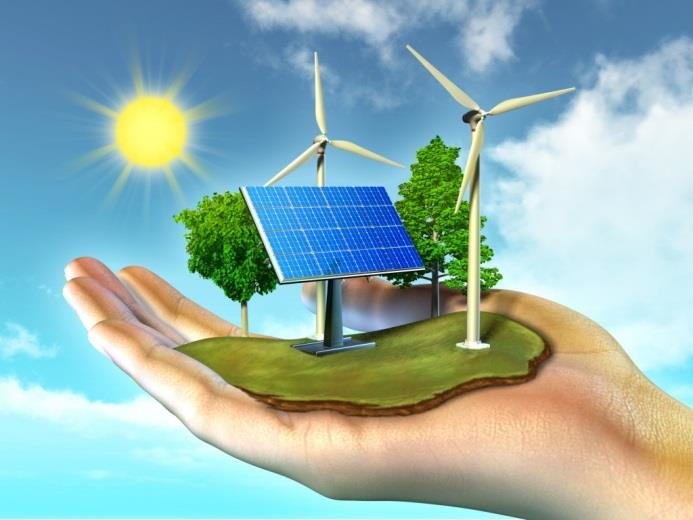The global energy landscape is shifting as the world moves towards sustainable and renewable energy sources. With concerns about climate change, depleting fossil fuel reserves, and the need for energy security, industries and governments are actively seeking alternatives to oil and gas. But what comes next? In this article, we explore the future of energy beyond oil and gas and the key innovations driving the transition.
The Decline of Oil and Gas
Oil and gas have been the backbone of industrial development for over a century, powering transportation, manufacturing, and electricity generation. However, factors like climate policies, carbon taxes, and technological advancements in clean energy are accelerating the decline of fossil fuel dependence. Major economies are committing to net-zero emissions, and businesses are investing in sustainable alternatives.
Renewable Energy: The Leading Alternative

Solar Energy
Solar power is one of the fastest-growing renewable energy sources. Technological advancements have significantly reduced the cost of solar panels, making them more accessible to households and businesses. Countries like China, the United States, and Germany are investing heavily in solar infrastructure to reduce reliance on fossil fuels.
Wind Energy
Wind power is another dominant renewable energy source. Offshore and onshore wind farms are expanding rapidly, providing clean and sustainable electricity. Innovations such as floating wind turbines are making it possible to harness wind energy even in deep-sea locations.
Hydropower
Hydropower remains a reliable renewable energy source, contributing to electricity generation worldwide. Although environmental concerns about large dams exist, newer technologies like small-scale hydro and pumped-storage hydroelectricity are being developed for sustainable water-energy solutions.
Emerging Energy Technologies
Hydrogen Energy
Hydrogen is considered a game-changer in the future energy mix. Green hydrogen, produced using renewable energy sources, can power industries, transportation, and electricity grids with zero carbon emissions. Countries like Japan, Germany, and Australia are investing in hydrogen infrastructure and storage solutions.
Nuclear Energy
While controversial, nuclear energy provides a low-carbon alternative to fossil fuels. Advanced nuclear technologies, including small modular reactors (SMRs) and nuclear fusion research, promise safer and more efficient energy production.
Bioenergy and Biomass
Bioenergy derived from organic materials such as agricultural waste, algae, and wood pellets is gaining traction. Biomass can replace traditional fossil fuels in electricity generation and transportation fuels like biodiesel and ethanol.
The Role of Energy Storage and Smart Grids
Renewable energy sources are intermittent, meaning storage solutions are crucial for stability. Advances in battery technology, such as lithium-ion and solid-state batteries, are enhancing energy storage capacity. Smart grids, AI-driven energy management systems, and blockchain-based energy trading are making energy distribution more efficient and reliable.
The Future of Transportation: Electrification and Beyond
Electric Vehicles (EVs)
The automotive industry is undergoing a major transformation with the rise of electric vehicles. Governments worldwide are incentivizing EV adoption, and automakers are investing heavily in battery technology to extend driving ranges and reduce charging times.
Alternative Fuels
Besides EVs, alternative fuels such as hydrogen fuel cells, synthetic fuels, and biofuels are shaping the future of transportation. Sustainable aviation fuels (SAFs) are also being developed to decarbonize the airline industry.
The Economic and Social Impact of the Transition
The transition from oil and gas to renewable energy will reshape economies and job markets. While traditional fossil fuel industries will decline, new opportunities will emerge in clean energy sectors. Investments in green technology, job re-skilling, and infrastructure development will play a crucial role in ensuring a smooth transition.
Conclusion
The post-oil and gas era is already unfolding, driven by renewable energy, technological advancements, and global commitments to sustainability. While challenges remain, the future of energy is undoubtedly green. Governments, businesses, and individuals must work together to accelerate the shift towards a cleaner, more sustainable energy future.
Are you ready for the energy revolution? Stay informed and be part of the change!
Also read: Discover the Latest Mars Exploration: Found Priceless Sample




